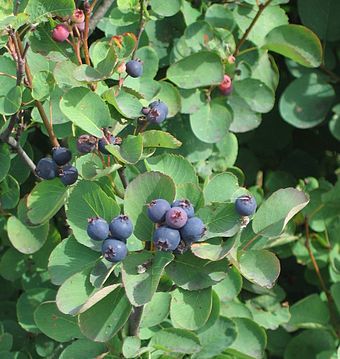Description
Black Huckleberry (Vaccinium ovalifolium) is a shrub that is native to the Pacific Northwest region of North America, including parts of Canada and the United States. It typically grows to be between 1 and 3 feet tall and has oval-shaped leaves that are dark green in color. The shrub has small, bell-shaped flowers that are white or pink in color, and its fruit is a small, dark purple or black berry.
Black Huckleberry prefers to grow in partial shade to full sun, and it prefers well-drained, acidic soils. To cultivate the plant successfully, a grower may need to provide it with regular watering and mulch around the base of the plant to help retain moisture. Black Huckleberry is winter hardy and can tolerate cold temperatures.
The berries of Black Huckleberry are edible and can be eaten fresh off the plant or cooked into jams, jellies, and pies. The berries can also be dried and stored for later use. In addition to its use as a food source, Black Huckleberry has been used for medicinal purposes by Native American tribes. The plant has also been used as a natural dye and has value for wildlife, as the berries are a food source for birds and other animals.

